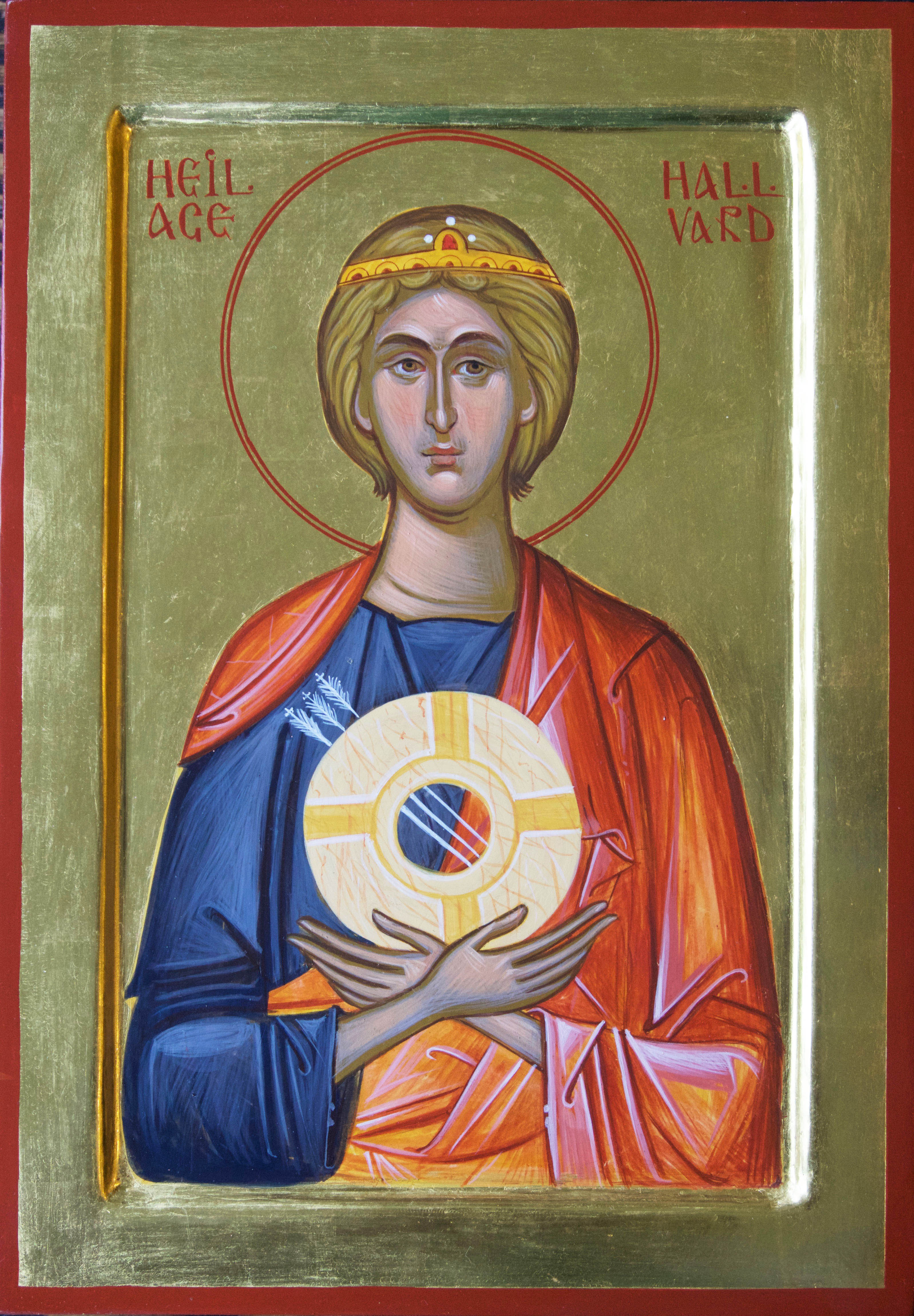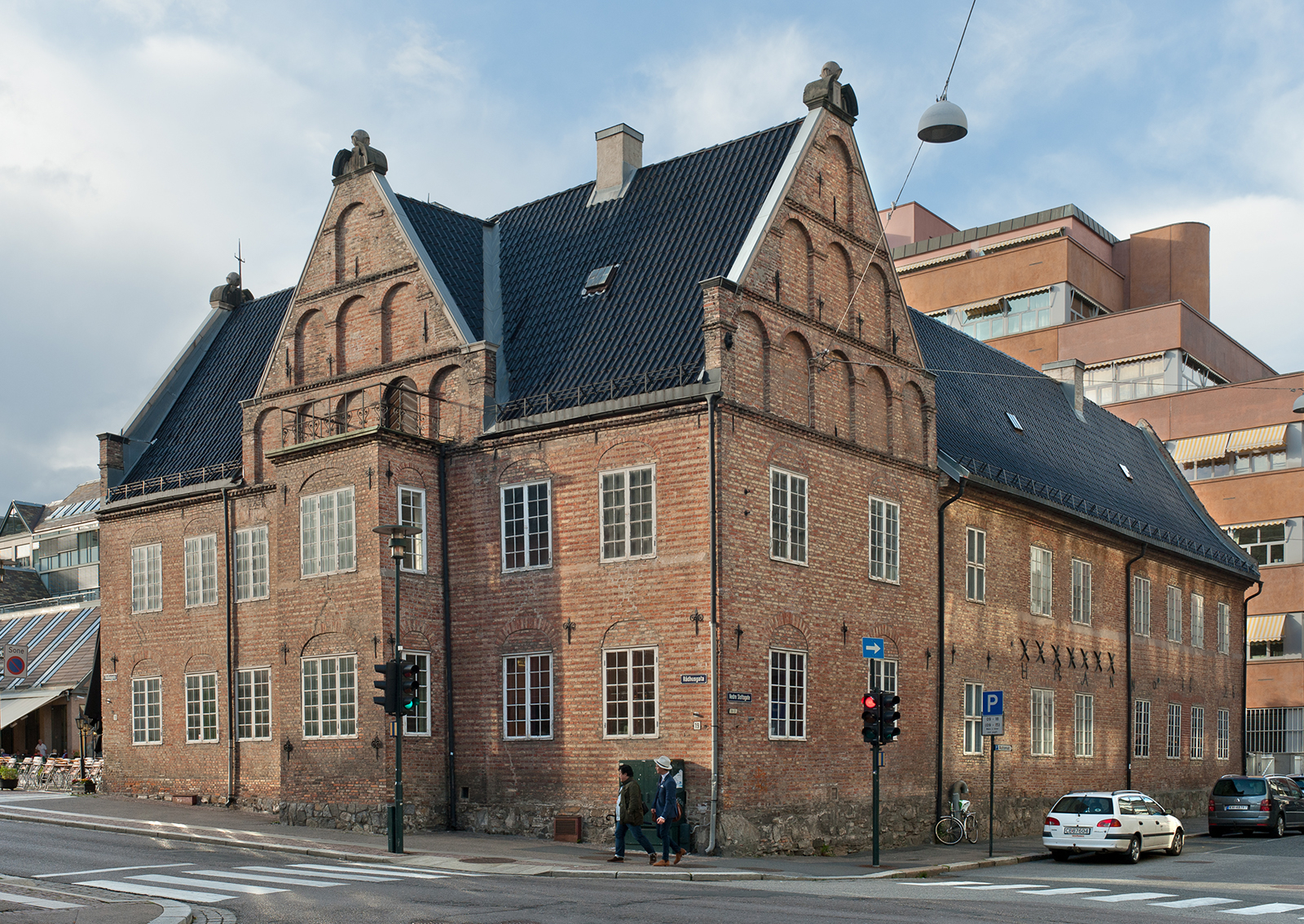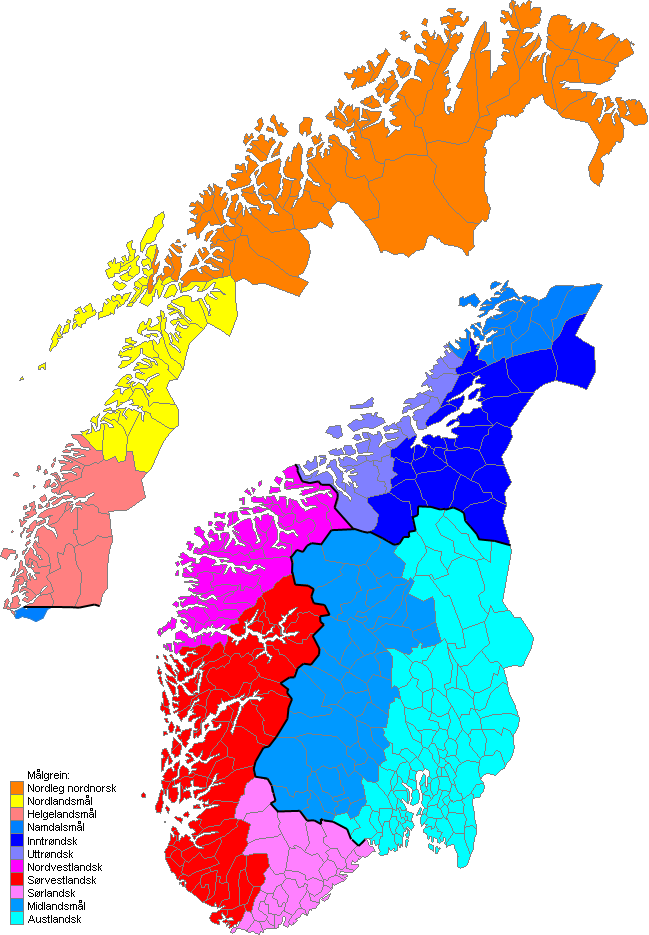|
Ingrid Lønningdal
Ingrid Lønningdal (born February 13, 1981 in Bergen) is a Norwegian artist. She was raised in Lier and lives and works in Oslo. Biography Lønningdal holds a master's degree from the Oslo National Academy of the Arts. She works within a broad spectrum of techniques in her artistic practice, which are often set in architectural and urban developments. In 2014 Lønningdal was awarded the Savings Bank Foundation DNB art stipend. In 2015 she published the book ''Borgen. Et sted for kulturproduksjon / A Place for Culture Production'' with the publishing house Teknisk Industri AS. The book documents the activity in Bispegata 12 in Oslo, popularly called Borgen, which in the period from 1993 to 2012 was one of Oslo's biggest studio and cultural co-working spaces. From 2006, Lønningdal has been part of the artist group Institutt for Farge. Selected solo exhibitions * ''Division of Space'', Oslo Kunstforening ] Oslo Kunstforening is a contemporary art gallery and art society located i ... [...More Info...] [...Related Items...] OR: [Wikipedia] [Google] [Baidu] |
Bergen
Bergen (), historically Bjørgvin, is a city and municipality in Vestland county on the west coast of Norway. , its population is roughly 285,900. Bergen is the second-largest city in Norway. The municipality covers and is on the peninsula of Bergenshalvøyen. The city centre and northern neighbourhoods are on Byfjorden, 'the city fjord', and the city is surrounded by mountains; Bergen is known as the "city of seven mountains". Many of the extra-municipal suburbs are on islands. Bergen is the administrative centre of Vestland county. The city consists of eight boroughs: Arna, Bergenhus, Fana, Fyllingsdalen, Laksevåg, Ytrebygda, Årstad, and Åsane. Trading in Bergen may have started as early as the 1020s. According to tradition, the city was founded in 1070 by King Olav Kyrre and was named Bjørgvin, 'the green meadow among the mountains'. It served as Norway's capital in the 13th century, and from the end of the 13th century became a bureau city of the Hanseatic Leag ... [...More Info...] [...Related Items...] OR: [Wikipedia] [Google] [Baidu] |
Lier, Norway
Lier is a municipality in Viken county, Norway. The administrative centre of the municipality is the village of Lierbyen. The municipality of Lier was established on 1 January 1838 (see formannskapsdistrikt). The area Åssiden was transferred from Lier to the neighboring municipality of Drammen on 1 July 1951. Norway's longest indoor shopping center, Liertoppen, is located in Lierskogen. The newspaper ''Lierposten'' is published in Lier. General information Name The Old Norse form of the name was ''Líðir''. The name is the plural form of ''líð'' which means "hillside". Coat of arms The coat of arms and was designed by Hallvard Trætteberg and granted on 14 August 1970. The arms show five silver-colored apple blossoms on a red background. The area is well known for the production of various types of fruit, berries, vegetables, and flowers, so this was chosen as a symbol of the area's lush scenery and agriculture. Geography Lier borders to the municipalities of Asker, ... [...More Info...] [...Related Items...] OR: [Wikipedia] [Google] [Baidu] |
Oslo
Oslo ( , , or ; sma, Oslove) is the capital and most populous city of Norway. It constitutes both a county and a municipality. The municipality of Oslo had a population of in 2022, while the city's greater urban area had a population of in 2019, and the metropolitan area had an estimated population of in 2021. During the Viking Age the area was part of Viken. Oslo was founded as a city at the end of the Viking Age in 1040 under the name Ánslo, and established as a ''kaupstad'' or trading place in 1048 by Harald Hardrada. The city was elevated to a bishopric in 1070 and a capital under Haakon V of Norway around 1300. Personal unions with Denmark from 1397 to 1523 and again from 1536 to 1814 reduced its influence. After being destroyed by a fire in 1624, during the reign of King Christian IV, a new city was built closer to Akershus Fortress and named Christiania in honour of the king. It became a municipality ('' formannskapsdistrikt'') on 1 January 1838. The city fu ... [...More Info...] [...Related Items...] OR: [Wikipedia] [Google] [Baidu] |
Oslo National Academy Of The Arts
The Oslo National Academy of the Arts ( no, Kunsthøgskolen i Oslo, ''KHiO'') is a university college in Oslo, Norway, that provides education in visual arts, design and performing arts. It is one of two public institutes of higher learning in Norway that teaches in visual arts and design, the other is the Bergen National Academy of the Arts in Bergen. The Academy is divided into academic departments, with responsibility for the various subject areas, and administrative sections, which handle shared administrative tasks. Oslo National Academy of the Arts was ranked among the world's 60 best design programs by Bloomberg Businessweek. History The Academy was established in 1996 through the amalgamation of five independent colleges: * The National Academy of Craft and Art Industry (''Statens håndverks- og kunstindustriskole''), founded in 1818 * The National Academy of Fine Arts (''Statens kunstakademi''), founded in 1909 * The National Academy of Theatre (''Statens teater ... [...More Info...] [...Related Items...] OR: [Wikipedia] [Google] [Baidu] |
Oslo Kunstforening
] Oslo Kunstforening is a contemporary art gallery and art society located in Oslo, Norway. History Oslo Kunstforening is located at ''Rådhusgata 19''. The gallery, situated in one of the oldest houses in the Kvadraturen area, is the oldest art gallery in Norway. During the year, many varied shows are organized within the fields of drawing, painting, photography, lithography, textile, collage and sculpture. There is usually a new exhibition every month. The gallery features temporary exhibitions of Contemporary Art. Oslo Kunstforening's main objective is to support emerging Norwegian artists and present international artists that have not been shown in Norway before. Oslo Kunstforening has done this for the past 180 years. Oslo Kunstforening's main goal is to promote and communicate knowledge about contemporary art and to increase the availability of arts and culture in society. The gallery was founded as ''Christiania Kunstforening'' in 1836 by Norwegian cultural personalities ... [...More Info...] [...Related Items...] OR: [Wikipedia] [Google] [Baidu] |
Nordnorsk Kunstnersenter
Norwegian dialects (''dialekter'') are commonly divided into four main groups, 'Northern Norwegian' (), 'Central Norwegian' ('' trøndersk''), 'Western Norwegian' (''vestlandsk''), and 'Eastern Norwegian' (). Sometimes 'Midland Norwegian' () and/or 'South Norwegian' () are considered fifth or sixth groups. The dialects are generally mutually intelligible, but differ significantly with regard to accent, grammar, syntax, and vocabulary. If not accustomed to a particular dialect, even a native Norwegian speaker may have difficulty understanding it. Dialects can be as local as farm clusters, but many linguists note an ongoing regionalization, diminishing or even elimination of local variations. Normalized speech, following the written languages '' Bokmål'' and '' Nynorsk'' or the more conservative '' Riksmål'' and '' Høgnorsk'', is not in common use, except in parts of Finnmark (where the original Sami population learned Norwegian as a second language), in much of , certain ... [...More Info...] [...Related Items...] OR: [Wikipedia] [Google] [Baidu] |
1981 Births
Events January * January 1 ** Greece enters the European Economic Community, predecessor of the European Union. ** Palau becomes a self-governing territory. * January 10 – Salvadoran Civil War: The Farabundo Martí National Liberation Front, FMLN launches its first major offensive, gaining control of most of Morazán Department, Morazán and Chalatenango Department, Chalatenango departments. * January 15 – Pope John Paul II receives a delegation led by Polish Solidarity (Polish trade union), Solidarity leader Lech Wałęsa at the Vatican City, Vatican. * January 20 – Iran releases the 52 Americans held for 444 days, minutes after Ronald Reagan is First inauguration of Ronald Reagan, sworn in as the 40th President of the United States, ending the Iran hostage crisis. * January 21 – The first DMC DeLorean, DeLorean automobile, a stainless steel sports car with gull-wing doors, rolls off the production line in Dunmurry, Northern Ireland. * January 24 – An 1981 Dawu ea ... [...More Info...] [...Related Items...] OR: [Wikipedia] [Google] [Baidu] |
Living People
Related categories * :Year of birth missing (living people) / :Year of birth unknown * :Date of birth missing (living people) / :Date of birth unknown * :Place of birth missing (living people) / :Place of birth unknown * :Year of death missing / :Year of death unknown * :Date of death missing / :Date of death unknown * :Place of death missing / :Place of death unknown * :Missing middle or first names See also * :Dead people * :Template:L, which generates this category or death years, and birth year and sort keys. : {{DEFAULTSORT:Living people 21st-century people People by status ... [...More Info...] [...Related Items...] OR: [Wikipedia] [Google] [Baidu] |
21st-century Norwegian Artists
The 1st century was the century spanning AD 1 ( I) through AD 100 ( C) according to the Julian calendar. It is often written as the or to distinguish it from the 1st century BC (or BCE) which preceded it. The 1st century is considered part of the Classical era, epoch, or historical period. The 1st century also saw the appearance of Christianity. During this period, Europe, North Africa and the Near East fell under increasing domination by the Roman Empire, which continued expanding, most notably conquering Britain under the emperor Claudius (AD 43). The reforms introduced by Augustus during his long reign stabilized the empire after the turmoil of the previous century's civil wars. Later in the century the Julio-Claudian dynasty, which had been founded by Augustus, came to an end with the suicide of Nero in AD 68. There followed the famous Year of Four Emperors, a brief period of civil war and instability, which was finally brought to an end by Vespasian, ninth Roman emperor, a ... [...More Info...] [...Related Items...] OR: [Wikipedia] [Google] [Baidu] |






